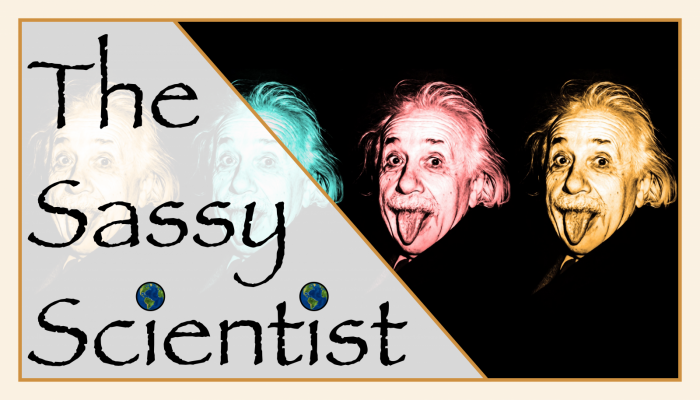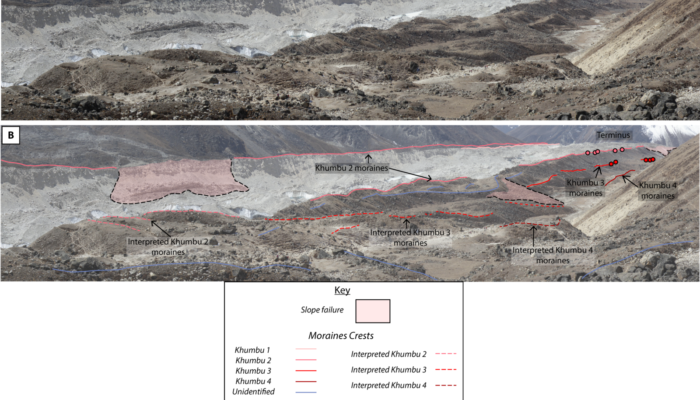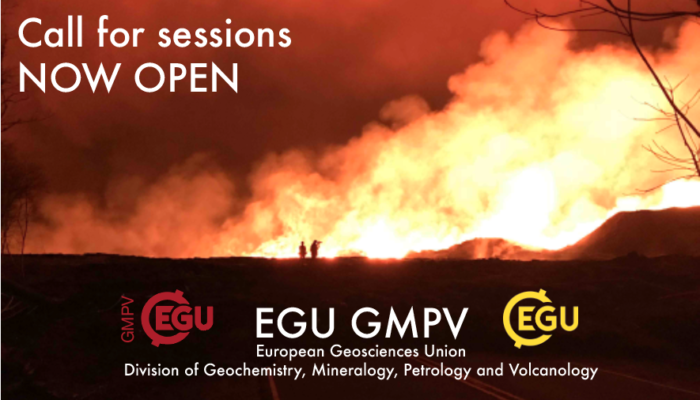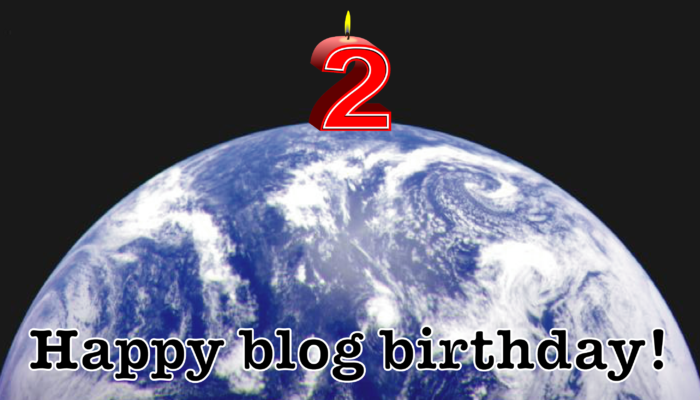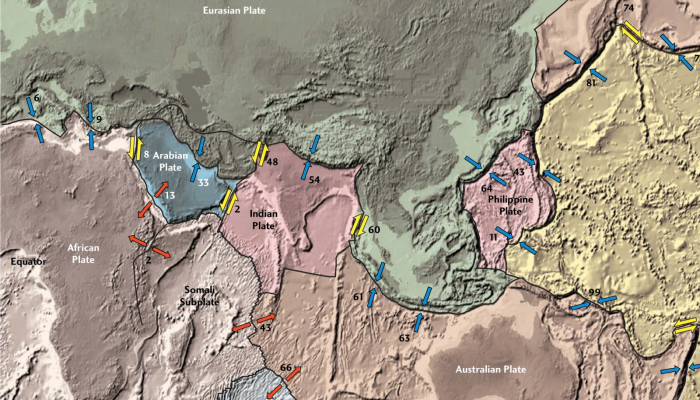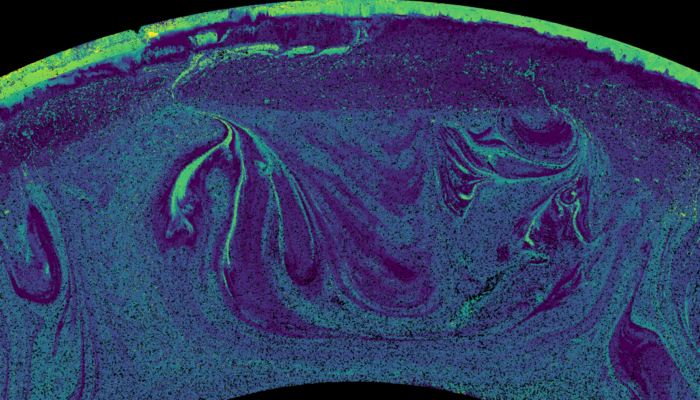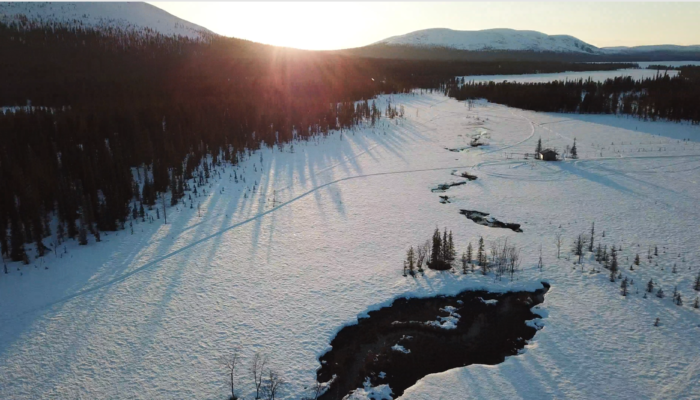Every week, The Sassy Scientist answers a question on geodynamics, related topics, academic life, the universe or anything in between with a healthy dose of sarcasm. Do you have a question for The Sassy Scientist? Submit your question here. Luca asks: What is (in your opinion) the key paper in geodynamics and why? Dear Luca, There is not one key paper. It is simply impossible to point at one paper ...[Read More]
Cryospheric Sciences
Image of the Week – Looking to the past for answers
We’re only just really starting to comprehend the state and fate of Himalayan glaciers due to a scarcity of research along the monumental mountain range. Climbers and scientists have been observing these lofty glaciers since the 1900s. However, is that looking back far enough? Glacier moraines, featuring in this Image of the Week, can reveal change extending back thousands of years. You may look a ...[Read More]
Geochemistry, Mineralogy, Petrology & Volcanology
Seven reasons why YOU should propose an EGU 2020 session
Did you ever notice that the majority of convenors of the EGU conference sessions seem to be older than you? Have you ever despaired that none of the conference sessions are directly relevant to your work? Does your CV look conspicuously blank in the ‘Service’ section? Have you ever tried to sneak one of your friends into the EGU Friday night party only to be discovered, have your conf ...[Read More]
Geodynamics
Happy blog birthday!
Can you believe it, people? We have been running this blog for 2 years! What a milestone! Time to celebrate and look back at a year of great blogging. Who are the champions? We are the champions, my friends! That’s right! We actually won a prize this year: we won best blog post of 2018 by public vote for a post by one of our editors, Luca Dal Zilio, about a conference he attended in Singapore. So ...[Read More]
Tectonics and Structural Geology
Meeting Plate Tectonics – Barbara Romanowicz
These blogposts present interviews with outstanding scientists that bloomed and shape the theory that revolutionised Earth Sciences — Plate Tectonics. Get to know them, learn from their experience, discover the pieces of advice they share and find out where the newest challenges lie! Meeting Barbara Romanowicz Barbara Romanowicz studied mathematics and applied physics and did two PhDs, one in astr ...[Read More]
Natural Hazards
I-REACT – ‘Fight disasters with your phone’
Technology has never been more at hand than at the time we are living. Smartphones and the many apps on the market are proof of this. As I recently discovered, there is also an app developed to learn about natural hazards and, as they claim, fight disasters! This app is called I-REACT, and it was born from a homonymous innovation project funded by the European Commission and developed by a consort ...[Read More]
Cryospheric Sciences
An interview with Jenny Turton, early-career representative for the cryo-division of the EGU
The European Geophysical Union (EGU) has a number of scientific divisions or themes, such as cryosphere, atmospheric sciences and geodesy. Each division has a representative for early career scientists, and often a team of scientists who write and edit blogs and organise events. Today, Jenny Turton, the new representative for the cryo-division, explains a bit more about the role and what she hope ...[Read More]
Geodynamics
The Sassy Scientist – Time Trials
Every week, The Sassy Scientist answers a question on geodynamics, related topics, academic life, the universe or anything in between with a healthy dose of sarcasm. Do you have a question for The Sassy Scientist? Submit your question here. Sylvie asks: What would you say is the main problem you encountered during your research career? Dear Sylvie, Easy: time management and focus. Doing scientific ...[Read More]
Geodynamics
Production and recycling of Archean continental crust
Continents are essential for the development and survival of life on Earth. However, as surprising as it may sound, there did not exist a planetary scale numerical model to show the formation of the oldest continents until the recent study ‘Growing primordial continental crust self-consistently in global mantle convection models‘ in Gondwana Research by Jain et al., 2019. Hot off the p ...[Read More]
Hydrological Sciences
Featured catchment series: The North is not forgotten!
This is the first post of “Featured Catchment”, a series of posts in the HS Blog that present experimental catchments across Europe and beyond. Here, the authors of the posts will explain the main characteristics (e.g., climate, geology, topography, land use) of their catchments, why hydrologic research is important in their study areas, describe the applied methodologies (field instrumentation an ...[Read More]

